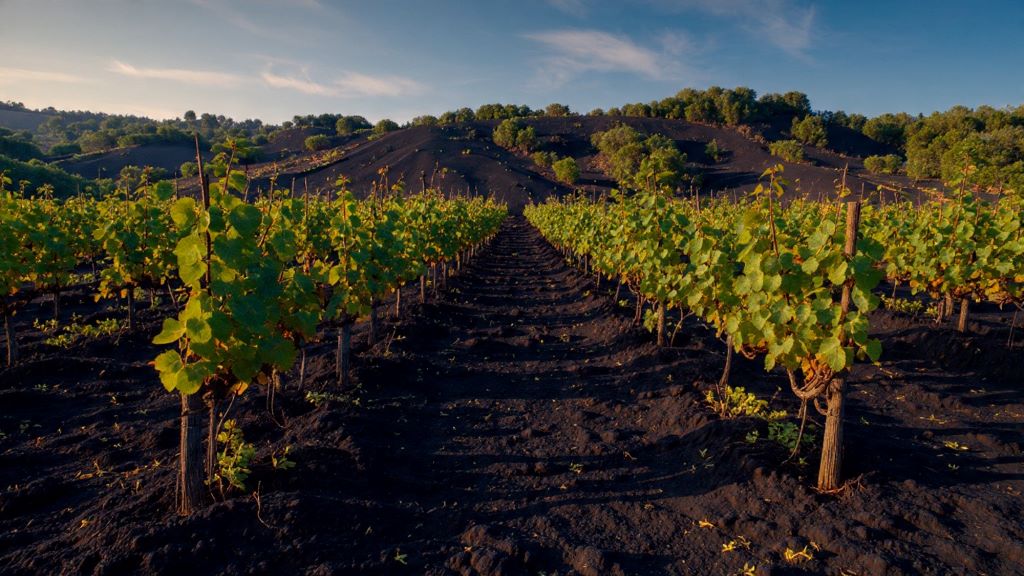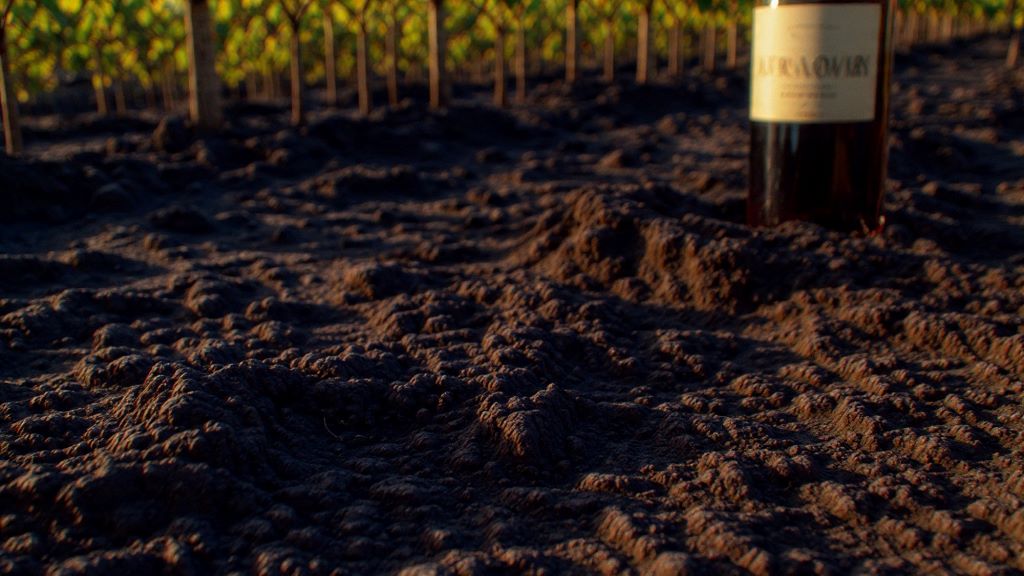Garden Soil Minerals That Boost Wine Flavor

Wine enthusiasts often talk about terroir, but few realize how garden soil minerals directly influence the flavors in their glass. The connection between earth and taste runs deeper than most people imagine. Whether you’re exploring wines from Beresan Wines or cultivating your own backyard vineyard, understanding soil composition opens a fascinating window into viticulture.
The Science Behind Mineral-Rich Soil and Wine Character
Soil minerals play a crucial role in developing distinct wine characteristics. When grapevines absorb nutrients through their roots, they take up various minerals that eventually influence fruit development. These minerals contribute to the complexity and depth that wine lovers cherish. The concept of garden wine with mineral richness has captivated winemakers for centuries, driving them to specific regions known for unique geological features.
Additionally, the mineral content affects vine health and stress levels. Vines growing in mineral-rich soils often produce smaller berries with more concentrated flavors. This natural stress creates wines with greater aromatic intensity and structural complexity.
Key Minerals That Enhance Wine Flavor
Calcium and Limestone
Calcium-rich soils, particularly limestone, create some of the world’s most celebrated wines. This mineral helps regulate vine nutrition and promotes healthy grape development. Therefore, regions like Burgundy and Champagne have built their reputations on limestone terroirs. The mineral contributes to wines with bright acidity and remarkable aging potential.
Furthermore, calcium helps maintain proper pH levels in soil. This balance allows vines to access other essential nutrients more efficiently. Wines from limestone soils often display elegant minerality with crisp, clean finishes.
Iron and Clay
Iron-rich clay soils produce wines with distinctive earthy characteristics. These soils retain moisture well, which helps vines survive drought conditions. Consequently, grapes develop concentrated flavors during extended growing seasons. Iron content also influences color intensity in red wines, creating deeper, more vibrant hues.
Clay minerals provide excellent nutrient retention. They slowly release minerals to vine roots throughout the growing season. This steady supply supports consistent grape development and balanced flavor profiles.
Potassium and Volcanic Soil
Volcanic soils contain abundant potassium, which enhances fruit sweetness and overall wine structure. These dark, porous soils also provide excellent drainage while retaining essential nutrients. Regions with volcanic terroir, such as Mount Etna in Sicily, produce wines with striking mineral characteristics and complex flavor layers.
Moreover, potassium helps regulate water movement within the vine. This regulation improves fruit quality during ripening stages. Wines from volcanic soils often exhibit smoky, flinty notes alongside vibrant fruit flavors.
Magnesium and Schist
Magnesium supports chlorophyll production, which is vital for photosynthesis. Schist soils, rich in magnesium, create wines with pronounced minerality and fresh acidity. These rocky soils force vine roots to dig deep, accessing diverse mineral deposits. The struggle produces concentrated, terroir-driven wines.
Additionally, magnesium aids in sugar production within grapes. This mineral contributes to balanced wines with neither excessive sweetness nor harsh acidity. Many premium wine regions feature schist formations that yield exceptional results.
How Soil pH Affects Mineral Availability
Soil pH dramatically influences which minerals vines can absorb. Most grapevines thrive in slightly acidic to neutral soils, typically between 6.0 and 7.0 pH. However, pH levels outside this range can lock up essential nutrients, making them unavailable to plants.
Acidic soils increase the availability of iron, manganese, and zinc. Conversely, alkaline soils enhance calcium and magnesium uptake. Therefore, winemakers often adjust soil pH to optimize specific mineral absorption. This fine-tuning allows them to craft wines with desired characteristics.
According to research from Wine Spectator, soil management practices significantly impact wine quality and regional identity. Understanding these relationships helps both commercial vintners and home gardeners achieve better results.
Creating Mineral-Rich Garden Soil for Grapevines
Testing Your Soil
Before planting grapevines, conduct a comprehensive soil test. These tests reveal existing mineral content and pH levels. Local agricultural extensions typically offer affordable testing services. Results guide amendment decisions and help prevent nutrient deficiencies.
Furthermore, regular testing tracks changes over time. Annual or biennial tests ensure your soil maintains optimal conditions. This proactive approach prevents problems before they affect vine health.
Adding Mineral Amendments
Several natural amendments boost soil mineral content effectively. Rock dust provides slow-release minerals that benefit vines for years. Crushed oyster shells add calcium while improving soil structure. Greensand supplies potassium and other trace minerals.
Additionally, compost enriches soil with diverse nutrients. Well-aged compost improves mineral availability while enhancing beneficial microbial activity. These microorganisms help break down minerals into forms vines can absorb.
Balancing Drainage and Retention
Proper drainage prevents waterlogging, which can cause root rot and mineral leaching. However, soil must retain enough moisture to support vine growth. Sandy loams with mineral amendments often provide ideal conditions. These soils drain quickly while holding sufficient water and nutrients.
Moreover, mulching helps regulate soil temperature and moisture. Organic mulches gradually decompose, adding minerals back into the soil. This natural cycling mimics forest floor processes that enrich earth over time.

Regional Examples of Mineral-Driven Wines
Different wine regions showcase how specific minerals create unique flavor profiles. Chablis produces steely, crisp wines from Kimmeridgian limestone soils. Meanwhile, Barolo’s calcareous marl creates powerful, age-worthy Nebbiolo wines.
Similarly, the Mosel Valley’s slate soils yield Rieslings with electric acidity and petrol notes. Each region demonstrates how geology shapes wine identity. These examples inspire home vintners to experiment with mineral amendments in their gardens.
The New York Times has featured numerous articles exploring how terroir and mineral content distinguish wine regions globally. These stories highlight the growing appreciation for geologically influenced wines.
Practical Tips for Home Gardeners
Start small when cultivating backyard wine grapes. Choose varieties suited to your climate and soil type. Research which minerals your chosen varieties prefer, then amend accordingly.
Additionally, observe vine performance closely. Leaf color, growth patterns, and fruit development reveal nutrient status. Yellowing leaves might indicate iron deficiency, while poor fruit set could signal inadequate potassium.
Furthermore, patience yields better results than quick fixes. Mineral amendments work slowly, building soil quality over multiple seasons. Rushing this process often creates imbalances that harm rather than help.
The Future of Mineral-Focused Viticulture
Climate change is pushing winemakers to reconsider traditional practices. Mineral-rich soils may help vines adapt to warmer, drier conditions. These soils support deeper root systems that access water during drought.
Moreover, sustainable viticulture emphasizes soil health and mineral balance. Organic and biodynamic practices focus on building living soils that naturally provide essential nutrients. This approach reduces synthetic input needs while improving wine quality.
Therefore, understanding soil minerals becomes increasingly important for next-generation winemakers. Those who master these principles will produce distinctive wines that express their unique terroir.
Conclusion
Garden soil minerals profoundly influence wine flavor, creating the distinctive characteristics that define great wines. From calcium in limestone to potassium in volcanic ash, each mineral contributes unique qualities. Home gardeners and commercial vintners alike benefit from understanding these relationships. By testing soil, adding appropriate amendments, and managing pH levels, anyone can improve their vineyard’s mineral profile. The result is wines with greater complexity, better structure, and stronger connections to their origin. As climate challenges grow, mineral-rich soils may prove essential for sustainable viticulture. Embracing these natural elements helps create wines that truly reflect their garden’s earth.
Frequently Asked Questions
What does minerality mean in wine?
Minerality describes non-fruit flavors in wine that remind tasters of stones, chalk, or wet rocks. While scientists debate the exact mechanisms, many believe these characteristics result from soil minerals absorbed by vines. Minerality often appears as crisp acidity, stony notes, or saline qualities that add complexity to wine.
Can you taste soil minerals directly in wine?
You cannot taste soil minerals directly since grapevines do not transport them unchanged into grapes. However, minerals influence vine metabolism and grape development, creating flavor compounds that evoke mineral sensations. These flavors develop through complex interactions between soil, vine, and fermentation processes.
Which soil type produces the best wine?
No single soil type produces the best wine universally. Different grape varieties thrive in different conditions. Limestone suits Chardonnay and Pinot Noir, while volcanic soils excel with varieties like Nerello Mascalese. The best soil matches the grape variety, climate, and winemaker’s goals.
How long does it take to improve garden soil for grapevines?
Improving garden soil typically requires two to three years of consistent amendment application. Minerals release slowly, and soil biology needs time to establish. However, some changes appear within one growing season. Long-term soil building creates lasting benefits that improve wine quality year after year.
Should home gardeners add mineral supplements to their vineyard soil?
Home gardeners should conduct soil tests before adding mineral supplements. Over-application can create imbalances worse than deficiencies. Test results guide appropriate amendments and application rates. Natural amendments like rock dust and compost typically provide safer, more balanced mineral nutrition than concentrated supplements.
Related Topics:
Does a Coffee Grinder Make Instant Coffee? Unveiling the Truth







